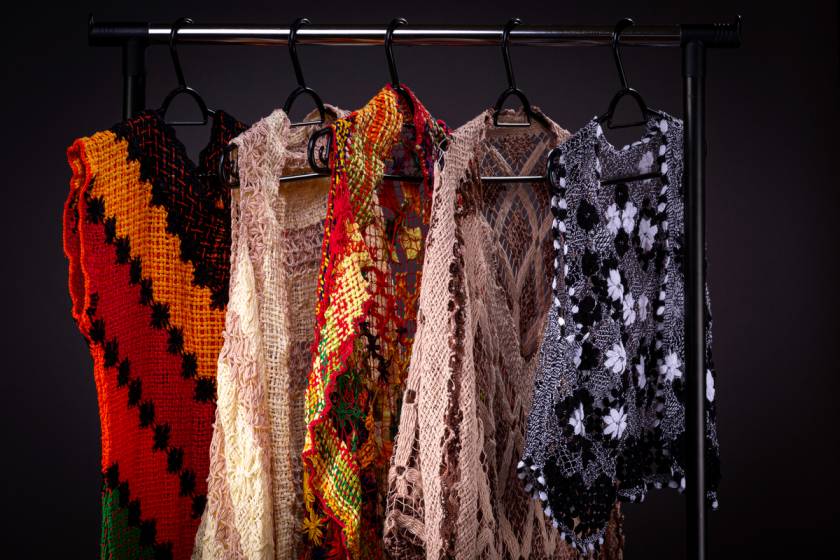Sustainable Fashion: An Ally to the Fashion Revolution



In the ever-evolving business of fashion, it’s easy to fall into the trap of trying to fulfill customer demand at all costs. But as a critical member of the entire fashion supply chain, it’s our responsibility to ensure that we do it while being responsible towards all members of the value chain. The Fashion Revolution reminds us of this responsibility and helps assess our contribution to society.
What is the Fashion Revolution?
“Out of adversity comes opportunity.”--Unknown
In 2013, there was an infamous incident in Bangladesh known as the Rana Plaza disaster. This single incident galvanized the fashion industry to work towards a more responsible ecosystem. Fashion Revolution was the name given to this movement.
The concept of the Fashion Revolution revolves around conserving and restoring the environment. Another concurrent aim is to ensure a decent livelihood for all parties involved. The goals of the Fashion Revolution can be achieved by a number of methods. One of the methods that has gained popularity in recent years is Sustainable Clothing.

Understanding Sustainable Clothing
Fast fashion and sustainable clothing are two terms that have become common in the fashion industry. Let’s define these terms first.
Fast fashion refers to the mass production of cheap apparel that can be easily replaced in a short period of time. Fast fashion’s USP lies in its profitability and convenience. However, the fast fashion model comes at the expense of the environment. Whether it is excess water consumption in the creation of fabrics or the problem of fashion waste disposal, the practice of fast fashion has serious environmental consequences.
Sustainable Clothing refers to creating apparel using processes that factor in environmental impact. Sustainable manufacturers make sure that all aspects of the production process cause minimal to no harm. This means that sustainable clothing is better for the environment and lasts much longer.
To create sustainable clothing, it is helpful to keep in mind the three pillars of sustainability: people, planet, and profits. This, in essence, is what the Fashion Revolution aims to achieve.
Why Go for Sustainable Clothing?
The clothing industry of the 21st century faces many challenges. Two of these are worth noting:
-
The Production Process
Workers are the lifeblood of any industry. The clothing industry is no exception. The Rana Plaza disaster (2013) is a stark reminder of what happens when we ignore working conditions. The Fashion Revolution aims to create an efficient but also safe and humane production environment.
Other challenges associated with the production process are consumption of resources, the nature of materials being used (i.e., chemical vs organic), and the pollution created as a by-product of the entire process.
-
The Disposal Mechanism
The sheer amount of waste generated, both during production and the disposal of fast fashion-based apparel, is enormous. Consumers junk clothes faster than they can be processed and recycled. This means landfills around the world are filled with discarded clothes.
Keeping this scenario in mind, waste management is a severe problem in the clothing industry. The criticism of the industry’s waste management practices is thus merited. While fulfilling customer demand is important, we also need to address these concerns.
Trying to find a solution for both these challenges has led to the adoption of sustainable clothing. This is of course further supported by the Fashion Revolution. Whether it is the livelihood and working conditions of the workers that we try to improve, or creating longer-lasting clothes, we are essentially propagating the Fashion Revolution.

Is Sustainable Fashion Really an Ally to the Fashion Revolution?
The Sustainable Fashion Movement is not a magic bullet. It cannot solve all the complex and interconnected environmental problems of the fashion industry. Brands who claim otherwise are engaging in greenwashing practices.
Put another way: we, as clothing brands and manufacturers, must be honest about our role in propagating sustainability in our companies. We must reject pointless, feel-good fads (and the glossy but empty ads that go along with them). Instead, we must opt for genuine environmental action. Time is of the essence here. If the recent UN reports on climate change are any indication, we must soon be torchbearers of environmental change. Sustainable clothing-when implemented with the right spirit and following appropriate steps- can be the biggest ally of the Fashion Revolution. As we saw, the core of Fashion Revolution is planet and people (i.e., the first two Ps of sustainability). When the two Ps are implemented with earnest intention, proper execution and excellent marketing to consumers, profit (i.e., the third P) is bound to follow. What matters the most, in conclusion, is how clothing companies will ensure that correct measures are implemented.



















